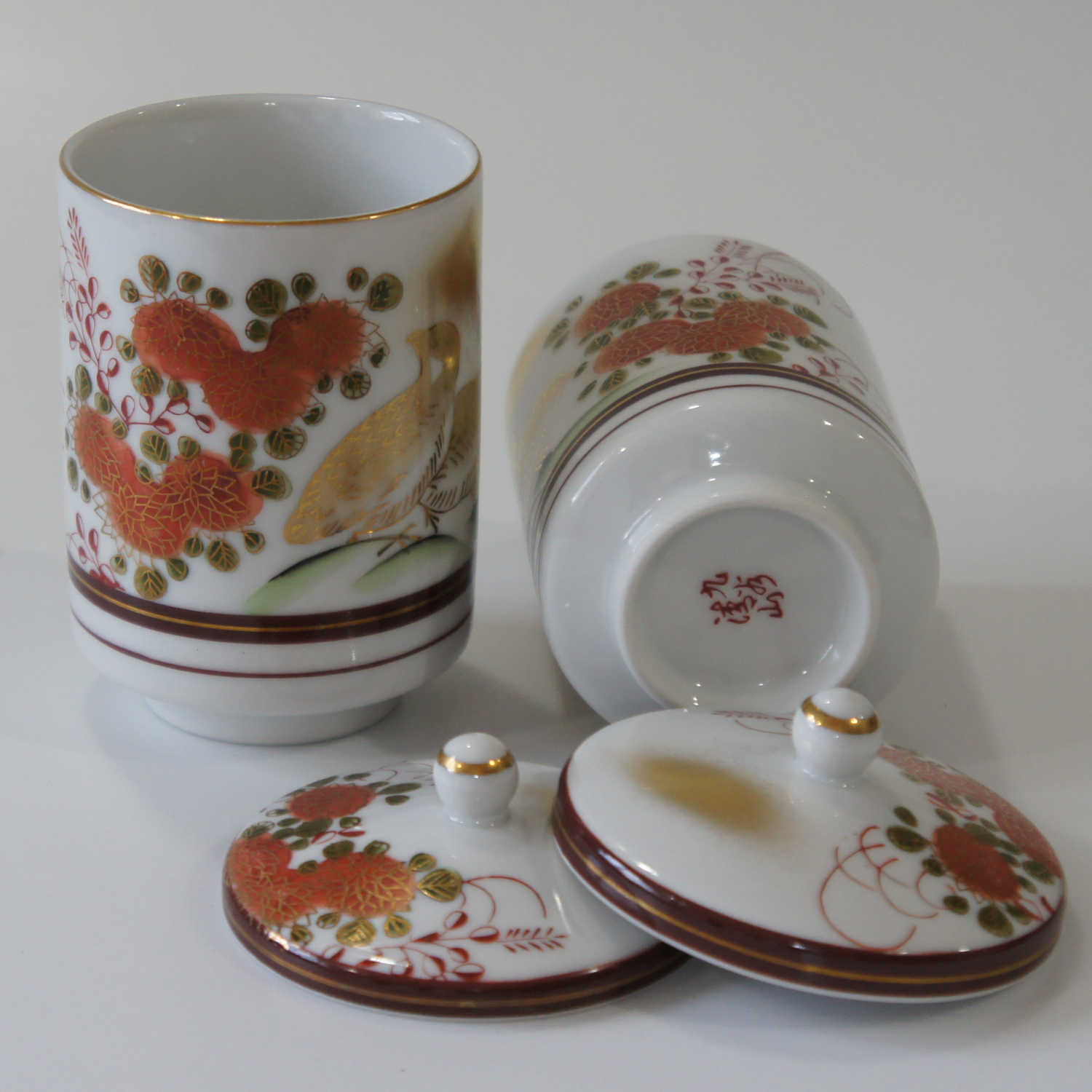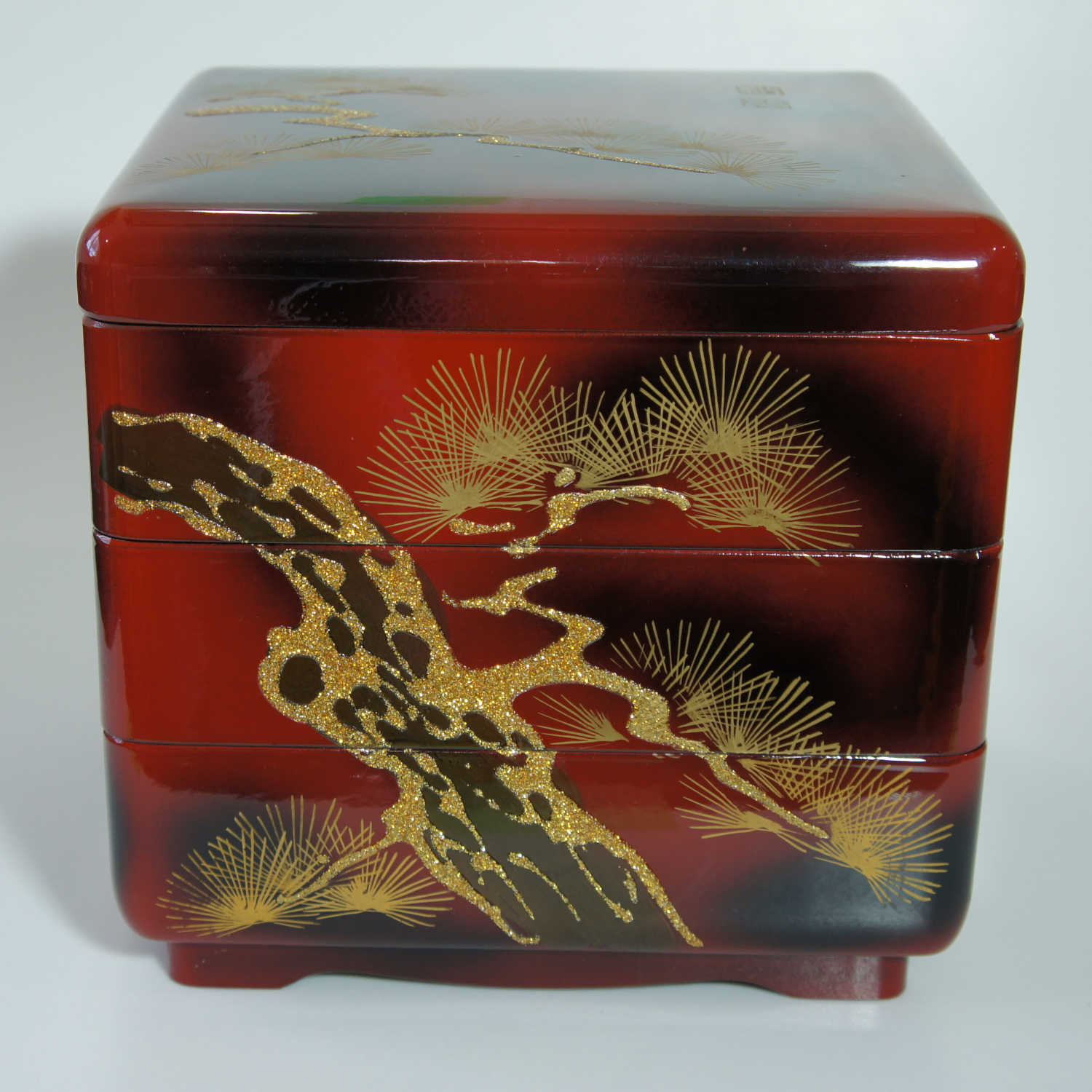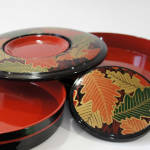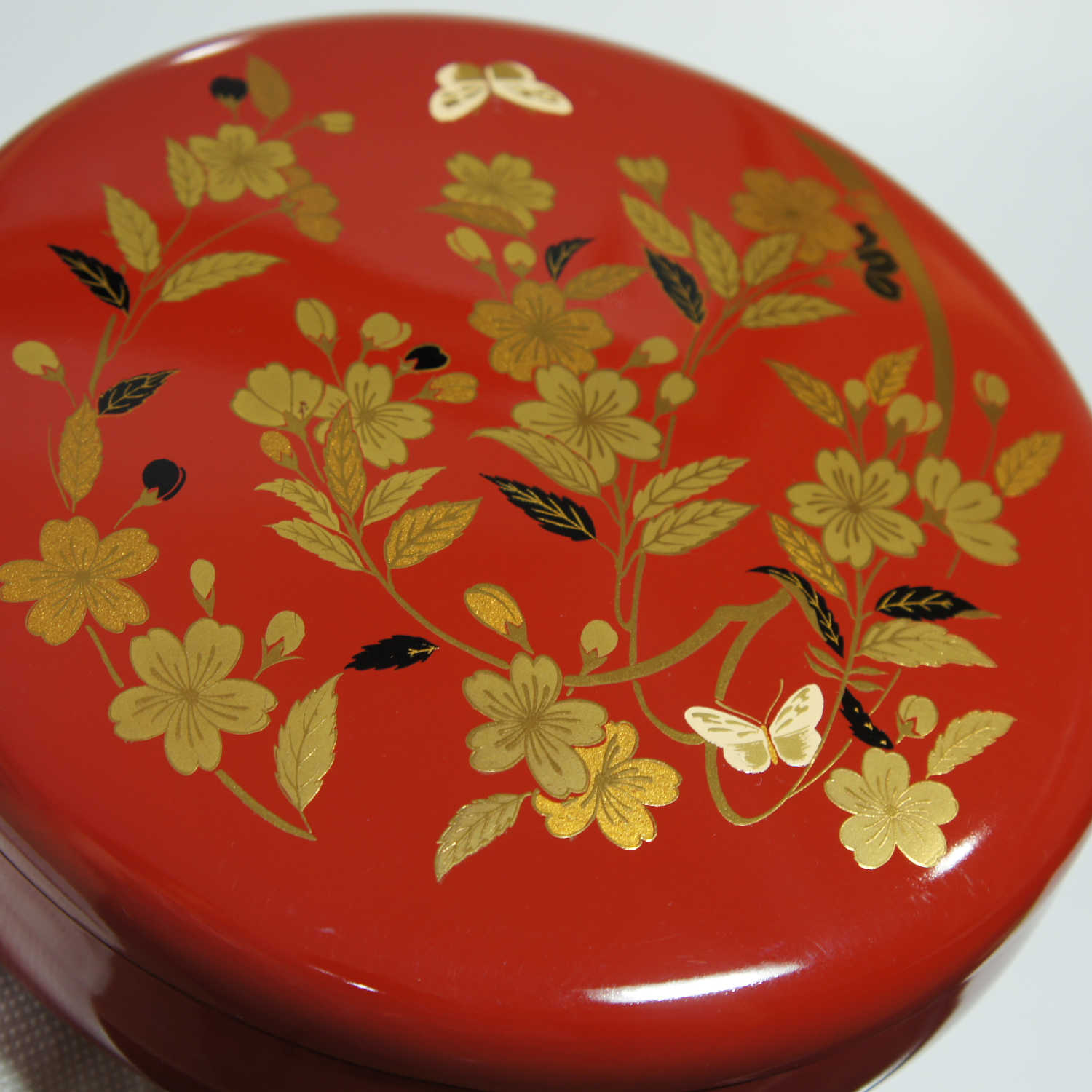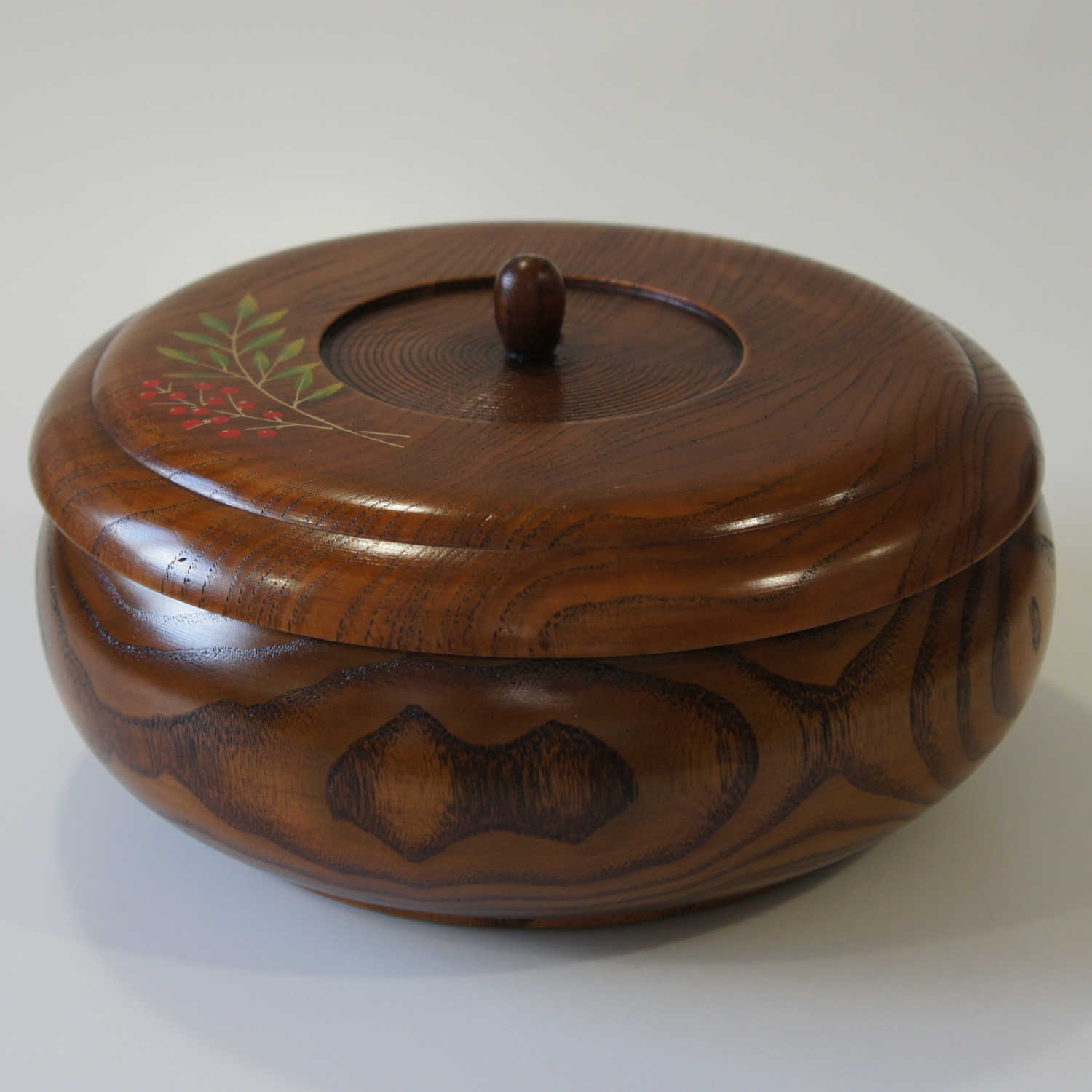Tableware
Some Japanese tableware expresses seasonal elements, enriching dining culture as a significant component.
Japanese tableware refers to the dishes used in traditional Japanese meals. Representative items include bowls (wan), small bowls (owan), plates (osara), tea cups (yunomi), sake decanters (tokkuri), and teapots (kyusu).
-Western Tableware : Western tableware, commonly seen in Japan, refers to dishes used in Western-style dining. These include plates, bowls, cups, saucers, etc., suitable for Western cuisine or Western-style dishes.
History : The history of Japanese tableware dates back to ancient times. Pottery was already being made during the Yayoi period (circa 300 BC to 300 AD). During the Kofun period (3rd to 7th centuries), various tableware items were used as burial goods, leading to the development of Japan’s unique tableware culture.
– In the Heian period (794 to 1185), the tea ceremony flourished, leading to the importance of tea utensils such as tea bowls and teapots. During the Edo period (1603 to 1868), ceramic production thrived, leading to the creation of various tableware items.
Materials:
– Ceramics are made by shaping and firing clay. They are heat-resistant and easy to decorate with colors and patterns. Representative ceramics include porcelain and pottery.
– Lacquerware is made by applying lacquer to materials such as wood or paper. It is lightweight, durable, and waterproof. Lacquerware comes in various colors and patterns, known for its beautiful gloss.
– Wooden is made by carving wood. It is lightweight, easy to carry, and has a natural appearance.
With its beautiful designs, advanced techniques, and rich history, is beloved worldwide. From traditional pieces to modern designs, Japanese tableware enriches Japan’s food culture.
